Table of Contents
Ever looked at a kettlebell and thought, "That looks intense"? I get it. They might seem intimidating, but trust me, they're your secret weapon for a full-body workout. This isn't about becoming a weightlifting champion overnight; it’s about learning the best beginner kettlebell exercises to build strength, burn calories, and feel amazing. We'll start by getting comfortable holding the kettlebell, then we will move into six essential moves that will work your entire body. We’ll also discuss how to pick the right kettlebell for you, because let's face it, using a weight that's too heavy is no fun. We'll cap it off with a 20-minute beginner workout that you can do anywhere and also touch on how to progress to more advanced moves. I'll also share how kettlebells can actually help with weight loss, because who doesn't want that? So, if you’re ready to ditch the boring gym routine and discover the power of the best beginner kettlebell exercises, let's get started.
How to Hold a Kettlebell Like a Pro
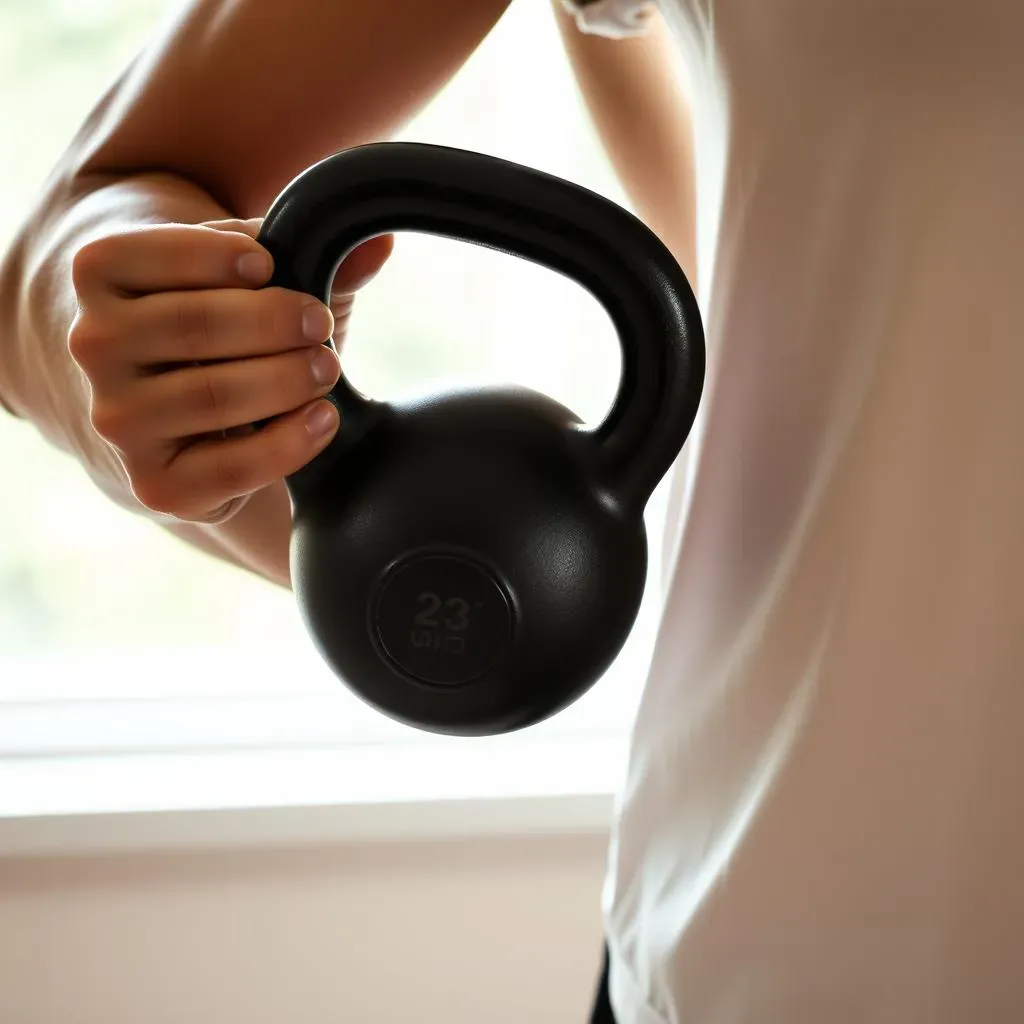
How to Hold a Kettlebell Like a Pro
The Grip: More Than Just Holding On
Okay, so you’ve got your kettlebell. Now what? First things first, how you grip it matters a lot. You don’t want to death-grip it like you're trying to crush a soda can. Instead, think of it as a handshake – firm, but not tense. The handle should sit diagonally across your palm, not straight across. This helps distribute the weight evenly and keeps your wrists happy. And trust me, happy wrists are key for a good workout.
Imagine you’re holding a suitcase. You wouldn’t clutch the handle with just your fingertips, right? You’d wrap your whole hand around it. Same goes for the kettlebell. Get a good, solid grip, engage your core, and you're already halfway there.
One mistake I see all the time is people holding the kettlebell too high in their palm, close to their fingers. This puts a lot of strain on your wrist. Keep it lower, closer to the base of your palm and you will have more control and be far more comfortable.
The Forearm Position: A Straight Line is Your Friend
Now, let's talk about your forearm. When you're holding the kettlebell, your forearm should ideally be in line with the handle, creating a straight line from your elbow to the kettlebell. Why this matters? It's all about force distribution. A straight line helps you handle the weight more efficiently and reduces the risk of injury. If your forearm is bent at an odd angle, you're likely putting unnecessary stress on your wrist and elbow.
Think of it like building a tower of blocks. If the blocks are stacked straight, the tower is stable. If they're leaning, it's going to topple. Your body works the same way. Proper alignment means a stable foundation for all the exercises you're about to do.
I remember when I first started, I was all over the place with my forearm position. My wrist would be bent like a pretzel, and I'd end up with a sore wrist after just a few swings. It took some practice, but once I got the hang of it, everything felt so much smoother and more controlled.
Grip Mistake | Correct Grip | Forearm Mistake | Correct Forearm |
|---|---|---|---|
Death Grip, fingertips | Firm, palm grip | Bent wrist | Straight line |
The Stance: Feet on the Ground, Ready to Go
Lastly, let's talk about your stance. Your feet should be shoulder-width apart, firmly planted on the ground, with a slight bend in your knees. This gives you a solid base of support and allows you to move freely. Think of it like a tree – strong roots mean a strong trunk, and you will be able to handle any storm, or kettlebell, that comes your way.
Your weight should be evenly distributed between both feet. Don't lean too far forward or backward. Keep your core engaged and your back straight. This helps you maintain balance and prevents any unnecessary strain on your lower back. A good stance will help you move efficiently and safely.
I have seen people try to do squats with their feet too close together, and it was a wobbly mess. Get your stance right, and you'll be amazed at how much more powerful and stable you feel. It's all about creating a solid foundation so you can unleash all the power you have in your body.
The 6 Best Beginner Kettlebell Exercises for Building Strength
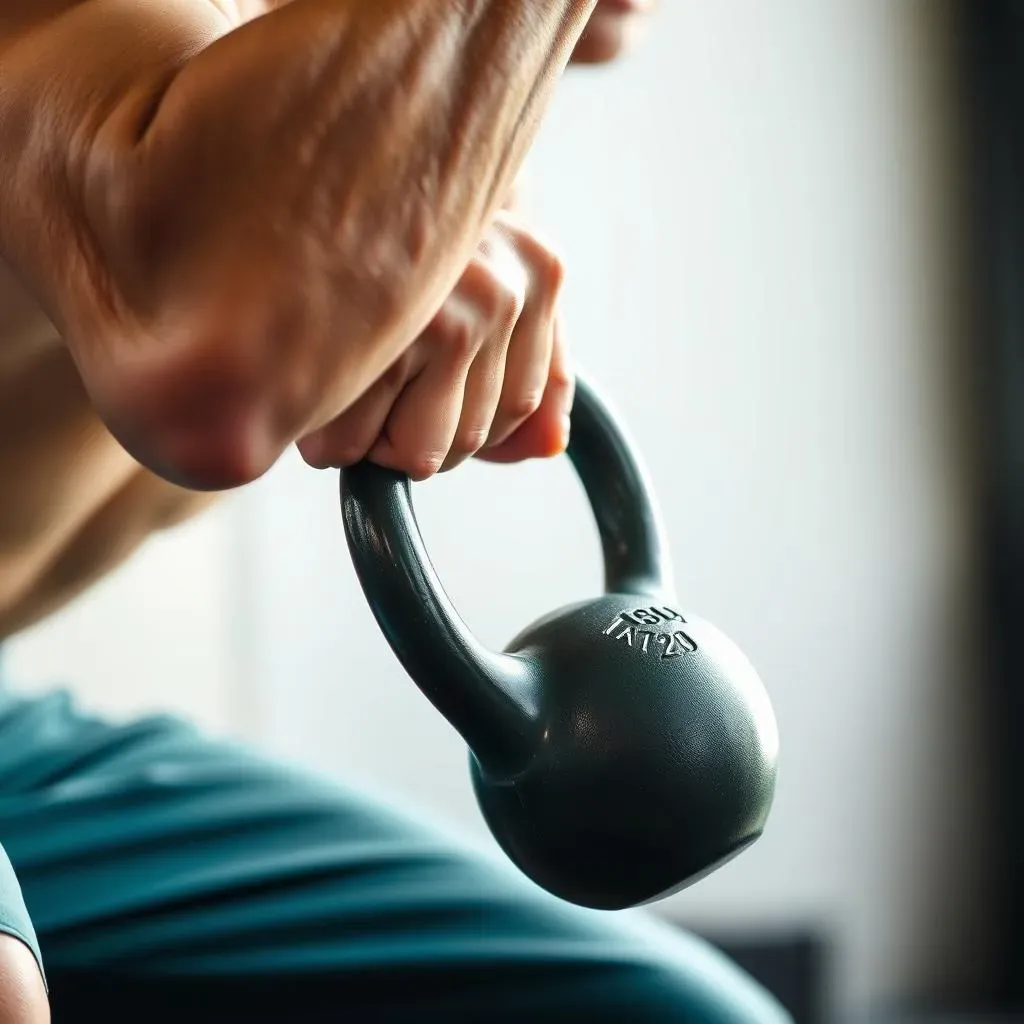
The 6 Best Beginner Kettlebell Exercises for Building Strength
Alright, now that you've got the grip and stance down, let's get to the fun part: the exercises! These aren't your run-of-the-mill gym moves. These are the best beginner kettlebell exercises that will work your whole body, build strength, and get you feeling like a total badass. I'm not kidding, these six moves are the foundation for everything else you might do with a kettlebell. They're simple to learn, but they pack a serious punch. We're going to cover halos, goblet squats, overhead presses, kettlebell swings or Romanian deadlifts (you can pick your favorite), bent over rows, and front rack reverse lunges. Each one targets different muscle groups and helps build a well-rounded foundation. Don't worry, I'll walk you through each one step-by-step, because form is key to avoiding injury and getting the most out of each exercise.
I remember when I first started with kettlebells, I was all over the place, trying to do all the fancy moves. But it wasn't until I focused on these core six that I really started to see results. It's like learning the alphabet before you try to write a novel. You need the basics first. So let's get into it!
Exercise | Main Focus |
|---|---|
Halos | Shoulder mobility, core |
Goblet Squats | Legs, glutes, core |
Overhead Presses | Shoulders, upper back, triceps |
Kettlebell Swings/Romanian Deadlifts | Hips, glutes, hamstrings |
Bent Over Rows | Back, biceps |
Front Rack Reverse Lunges | Legs, glutes, core |
Choosing the Right Kettlebell: Weight and Type
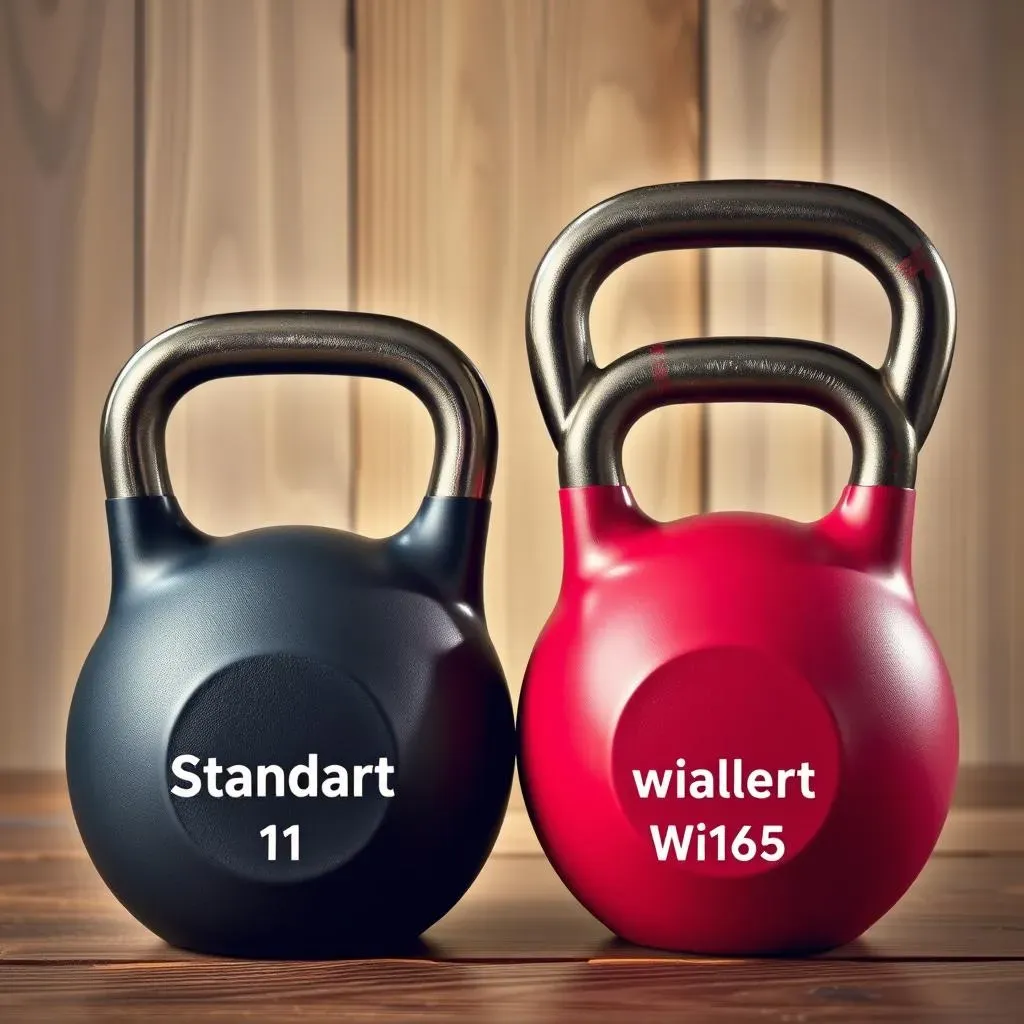
Choosing the Right Kettlebell: Weight and Type
Standard vs. Competition: What's the Deal?
Okay, so you're ready to buy a kettlebell, but then you see "standard" and "competition" options. What's the difference? Standard kettlebells are what you usually see, with a cast-iron body and a handle that varies in size depending on the weight. Competition kettlebells, on the other hand, have a consistent size regardless of the weight. This means the handle always feels the same, which is helpful for advanced training. For beginners, a standard kettlebell is perfectly fine. It's like choosing between a regular bike and a fancy racing bike. Both get you where you need to go, but one is just a bit more specialized.
I remember the first time I saw a competition kettlebell, I was so confused. It looked exactly the same as the lighter ones, just heavier. But once I understood the consistent handle size, it made sense. For most of us starting out, though, a standard kettlebell is the way to go. It’s more affordable and does the job perfectly.
Weight Matters: Start Light, Go Slow
Now, let's talk weight. This is a crucial point, and I can't stress this enough: start light! It's better to start with a weight that feels too easy than one that's too heavy. A good starting point for most women is around 8-12kg (18-26 lbs), and for men, 12-16kg (26-35 lbs). These are just guidelines, though. If you're not sure, go even lighter. You can always increase the weight later. Think of it like learning to play an instrument. You wouldn’t start with the most complex song, right? You start with the basics and work your way up.
Gender | Recommended Starting Weight |
|---|---|
Women | 8-12 kg (18-26 lbs) |
Men | 12-16 kg (26-35 lbs) |
I’ve seen so many people try to lift way too heavy too soon, and they end up with injuries or just feeling discouraged. Starting light gives you the chance to learn the proper form and build a solid foundation without hurting yourself. Trust me, your body will thank you later.
Handle Quality: Don't Skip This Step
Finally, let's chat about the handle. This might seem like a small thing, but it can make a huge difference in your workouts. A good handle should be smooth and comfortable, not rough or jagged. You don’t want your hands getting torn up after a few swings. Some handles are powder-coated, which provides a better grip, while others are bare metal. Try to find one that feels good in your hand. It should be wide enough to fit comfortably, but not so wide that you struggle to hold on. It’s like picking out a good pair of shoes. You need something that fits well and feels good, or you’re going to have a bad time.
I once bought a kettlebell with a cheap, rough handle, and it was a nightmare. My hands were raw after every workout. I ended up having to wrap it with tape, which was a pain. Learn from my mistakes. A good handle is worth the investment, trust me.
Your First 20Minute Beginner Kettlebell Workout
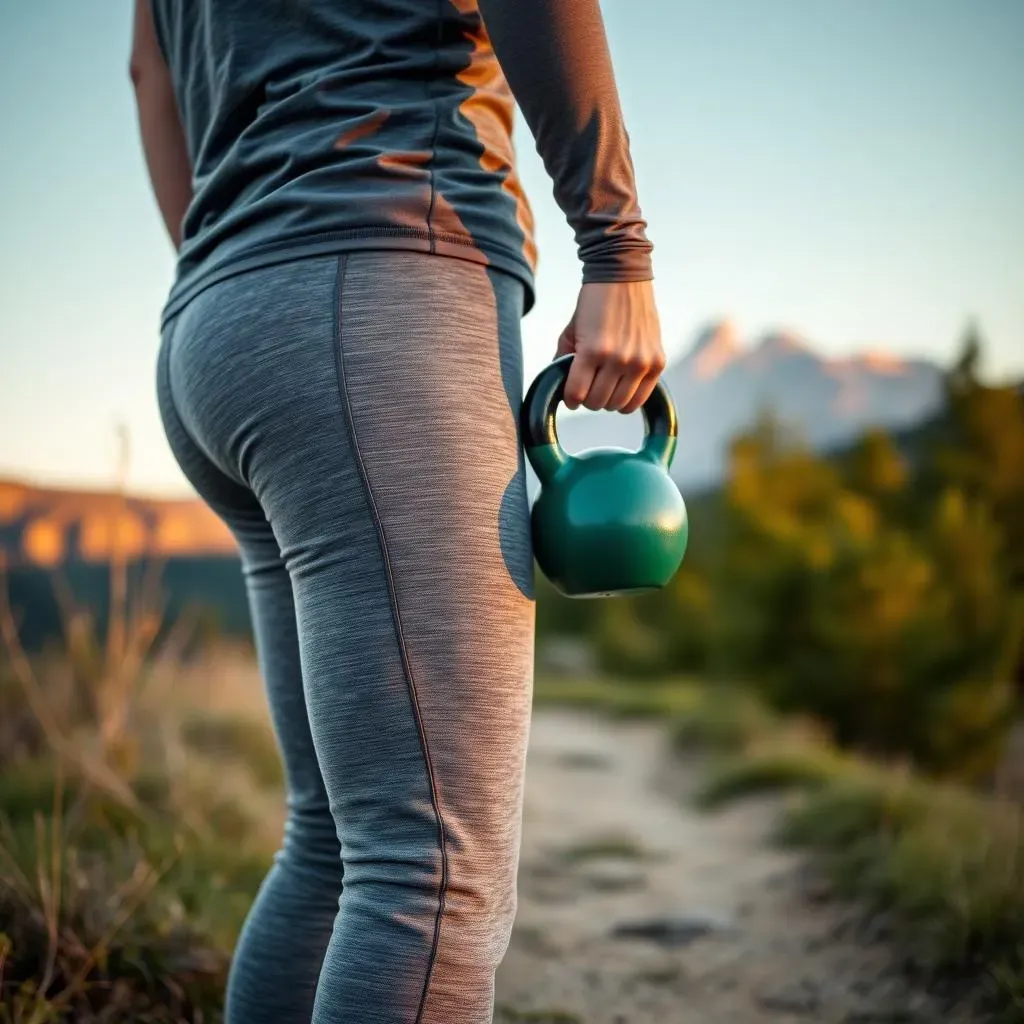
Your First 20Minute Beginner Kettlebell Workout
Okay, you've learned the basics, now it's time for action. I've put together a 20-minute kettlebell workout that’s perfect for beginners. We're going to do a circuit of the six exercises we just talked about: halos, goblet squats, overhead presses, kettlebell swings or Romanian deadlifts, bent over rows, and front rack reverse lunges. Each exercise will be done for 45 seconds, followed by 15 seconds of rest. We will repeat the whole circuit 3 times. This workout is designed to be quick, effective, and something you can do anywhere with just one kettlebell. You don't need a fancy gym or a ton of equipment. Just you, your kettlebell, and a little bit of determination. Remember, the goal is to focus on form over speed, so don't rush. It's better to do fewer reps with good form than a ton of reps with bad form.
Before you start, make sure you warm up with some light cardio, like jumping jacks or high knees. This will get your blood flowing and your muscles ready to work. I also like to do some dynamic stretches, like arm circles and leg swings. This helps to loosen up your joints and prevent injury. After the workout, don't forget to cool down with some static stretches, holding each stretch for about 30 seconds. Stretching after your workout helps to reduce muscle soreness and improve flexibility. It's like telling your body, "Good job, now let's relax".
Exercise | Duration |
|---|---|
Halos | 45 seconds |
Goblet Squats | 45 seconds |
Overhead Presses | 45 seconds |
Kettlebell Swings/Romanian Deadlifts | 45 seconds |
Bent Over Rows | 45 seconds |
Front Rack Reverse Lunges | 45 seconds |
Rest between exercises | 15 seconds |
Repeat circuit | 3 times |
Taking it Up a Notch: The Intermediate Kettlebell Workout
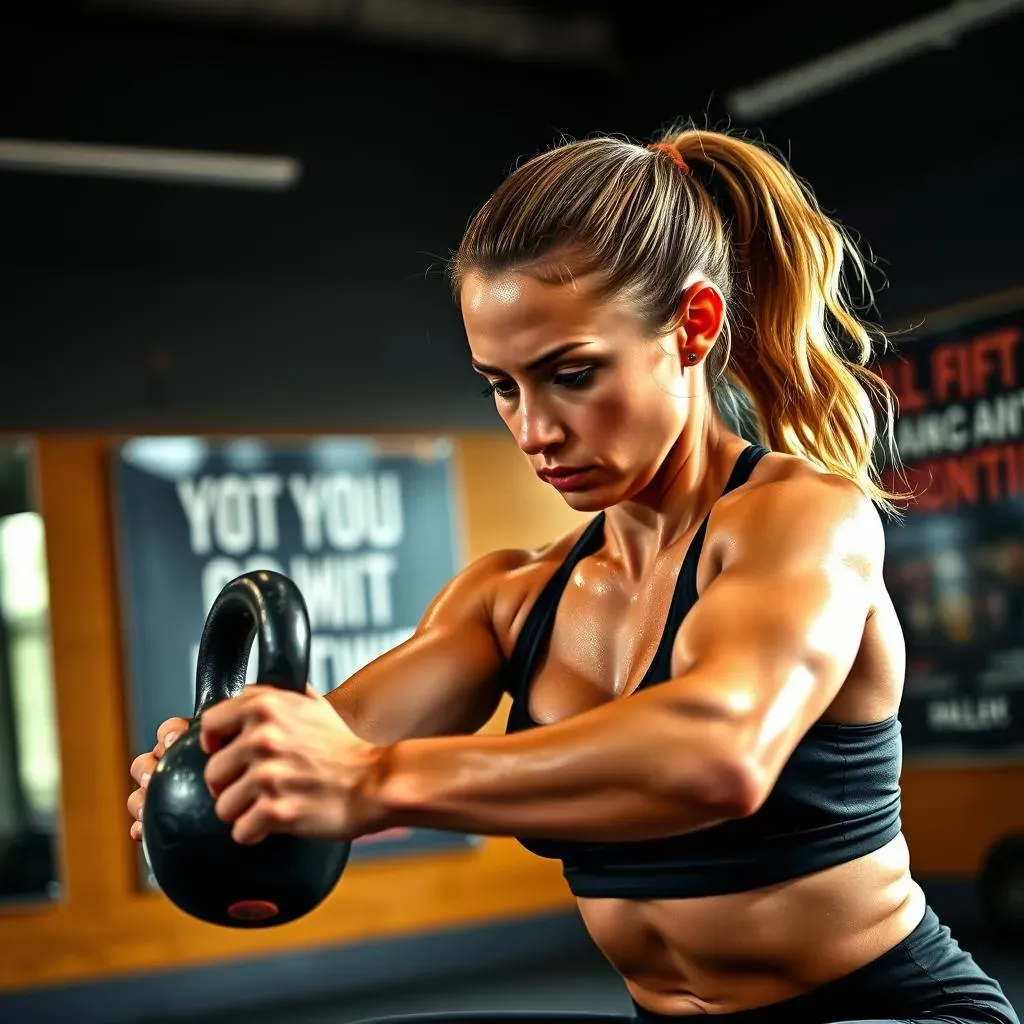
Taking it Up a Notch: The Intermediate Kettlebell Workout
Ready for a Challenge?
So, you've mastered the beginner moves and you're feeling pretty good, huh? That's awesome! But don't get too comfy, because we're about to crank things up a notch. The intermediate kettlebell workout is where things get really interesting. We’re not just adding more weight, we are introducing more complex movements that demand more strength, balance, and coordination. Think of it like leveling up in a video game. You’ve completed the first world, now you’re moving on to the next, where the challenges are greater, but the rewards are too. These exercises will not only push your physical limits, but they’ll also teach you how to control your body in new and exciting ways. Get ready to feel like a total beast.
I remember when I first moved from beginner to intermediate exercises, it was a game-changer. Suddenly, I was doing things I never thought I could. The feeling of mastering a new, complex movement is incredibly satisfying, and it pushed me to keep improving. It's like unlocking a new skill in a game. You go from feeling like a novice to feeling like a total pro, and it is a very good feeling.
New Moves, New Gains
We're going to add some new movements into the mix: kettlebell lateral goblet lunges, renegade rows, and single leg deadlifts. These are all more challenging than the beginner moves, but they will take your fitness to a new level. Lateral goblet lunges will work your legs and glutes in a slightly different way, challenging your balance and stability. Renegade rows combine a plank with a row, engaging your core and back at the same time. Single leg deadlifts are amazing for balance, hamstring strength and core stability. These exercises are all about challenging your body in multiple ways, forcing it to adapt and get stronger. It's about moving beyond just lifting weight, it's about controlling your body through complex movements.
I know these might sound intimidating right now, but trust me, with practice, you’ll get the hang of them. It's like learning a new dance. At first, you might feel a bit clumsy, but with repetition, the movements become smoother, more fluid, and more powerful. Before you know it, you'll be flowing through the moves like a pro.
Intermediate Exercise | Primary Benefits |
|---|---|
Kettlebell Lateral Goblet Lunges | Leg strength, glute activation, balance |
Renegade Rows | Core strength, back strength, stability |
Single Leg Deadlifts | Balance, hamstring strength, core stability |
Kettlebells and Weight Loss: What You Need to Know
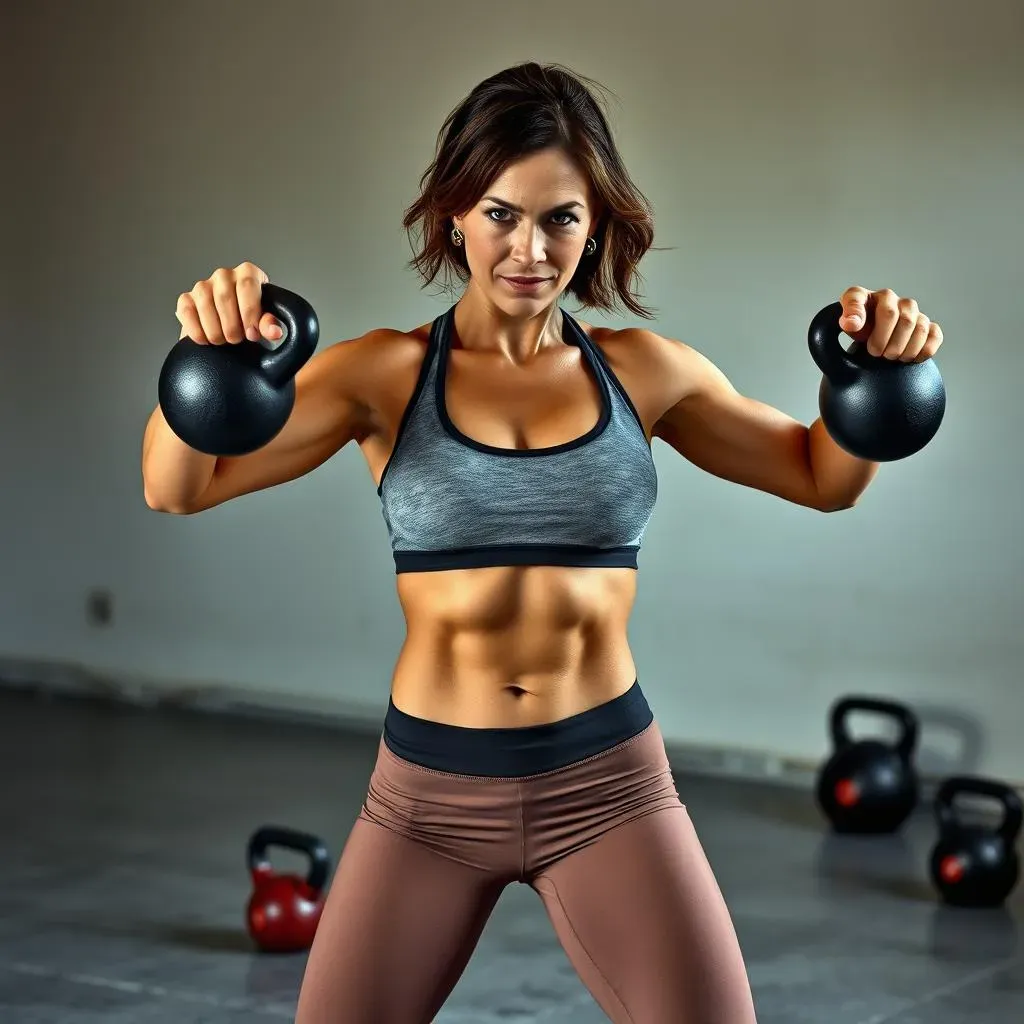
Kettlebells and Weight Loss: What You Need to Know
The Kettlebell Advantage: More Than Just Lifting
Okay, let's talk about the real deal: weight loss. Can kettlebells actually help you shed those extra pounds? The short answer is a resounding yes! But it’s not just about swinging a heavy ball around. Kettlebells are fantastic for weight loss because they combine strength training with cardio. When you do exercises like swings or snatches, you’re not just building muscle, you're also getting your heart rate up and burning calories. It’s like hitting two birds with one very effective stone. This combination is key because when you build muscle, your body burns more calories even when you’re resting. It's like having a secret metabolism booster working for you all the time.
I remember when I first started using kettlebells, I was surprised at how quickly I started to see changes in my body. It wasn't just about losing weight; it was about feeling stronger, more energized, and more capable. The best part? You don't need to spend hours in the gym. A quick 20-minute kettlebell workout can be more effective than an hour on the treadmill. It's about working smarter, not harder. It's like choosing a high-intensity interval workout over a long, slow jog. The results are faster and more significant.
Nutrition: The Unsung Hero of Weight Loss
Now, here's a truth bomb: you can't out-train a bad diet. No matter how many kettlebell swings you do, if you're eating junk food all day, you're not going to see the results you want. Weight loss is a combination of exercise and nutrition, and both are equally important. I'm not saying you have to go on some crazy diet. It’s about making smart choices. Focus on eating whole, unprocessed foods, like fruits, vegetables, lean proteins, and healthy fats. Try to limit your intake of sugary drinks, processed snacks, and fast food. It's about building healthy habits that you can sustain over the long term. It's like building a house; you need a solid foundation of good nutrition to support all the work you’re doing with kettlebells.
I know that changing your diet can be tough, but it doesn't have to be all or nothing. Start by making small changes. Maybe swap out sugary drinks for water, or choose a salad over a burger. Every little bit counts. And remember, it's not about perfection; it's about progress. It's like planting a seed; you don’t expect a tree to grow overnight. You need to nurture it with consistent care. The same goes for your body. Small, consistent changes will lead to big results over time. So, grab your kettlebell, eat your veggies, and let's get going!
Weight Loss Factor | Description | Action |
|---|---|---|
Kettlebell Workouts | Combines strength and cardio, burns calories, builds muscle | Aim for at least 3 workouts a week |
Nutrition | Provides energy and building blocks for muscle, controls calorie intake | Focus on whole, unprocessed foods |